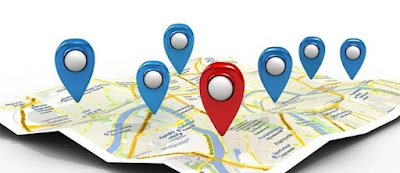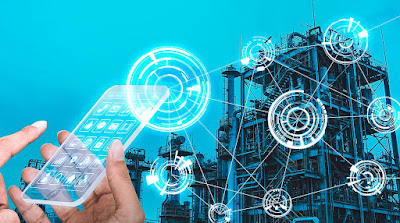Location-Based Services: Transforming the Way We Access Information
The Rise of Location-Aware Technology
As location-aware devices like smartphones have become ubiquitous, the use of
location-based services has skyrocketed. Location-Based Services allows software
and mobile applications to leverage a device's geographic position to deliver
customized, localized experiences and information to users. For example, when a
user opens their maps app, it can pinpoint their current location to show
nearby points of interest, directions, and traffic conditions based on where
they are standing.
Early Location-Based Services applications included navigation tools and yellow
pages-style directories which searched for nearby businesses and services.
However, the capabilities of Location-Based Services have expanded dramatically
with new technologies like GPS, Wi-Fi positioning systems, Bluetooth beacons,
and cellular network triangulation. These location detection methods power a
wide range of modern Location-Based Services across numerous sectors including retail, healthcare, transportation,
and more. With over 5 billion smartphone users globally, Location-Based
Services have fundamentally changed the way people discover and interact with
information around them.
The Rise of Indoor Navigation
One area that has seen tremendous growth is indoor navigation using location
technologies. As people spend upwards of 90% of their time indoors, the ability
to navigate large indoor spaces like airports, shopping malls, hospitals, and
university campuses has become increasingly valuable. Traditional GPS signals do
not penetrate building structures well, so innovative solutions like Bluetooth
beaconing networks have emerged. These small transmitters use Bluetooth low
energy to broadcast unique identifiers that apps can detect to pinpoint a
user's indoor location.
Many major locations now offer apps powered by Bluetooth beacons that act as
virtual tour guides. Users can get turn-by-turn directions, see maps of each
floor, find amenities like restrooms and food courts, check transit schedules,
and more. Retailers are harnessing beacons for personalized marketing, sending
coupons or promotions to shoppers as they pass certain areas of a store. With
over 300 million square feet of retail space in the US alone outfitted with
beacons, indoor Location-Based Services are playing a pivotal role for the
customer experience.
Personalized Recommendations and Deals
Along with navigation, another powerful application of Location-Based Services
is delivering customized offers and recommendations based on someone's
real-time location. Restaurant suggestion apps can surface popular nearby
eateries tailored to a diner's taste preferences and dietary restrictions.
Travelers receive alerts for top-rated attractions, activities, and sights to
see within easy reach of their hotel.
Brands leverage Location-Based Services to greet known customers by name as
they walk by a storefront, unlocking a personalized welcome package. Local
businesses push targeted deals and specials to app users as they pass nearby,
optimizing for impulse purchases. Sharing your location also enables
friend-finding social features, allowing groups to more easily meet up in
unfamiliar areas. The ability to tap into someone's geographic context opens up
endlessly personalized ways for companies to engage customers.
Enhancing the Delivery Experience
One of the biggest beneficiaries of Location-Based Services has been online and
mobile delivery services. Websites and apps now often detect a shopper's
location automatically to display relevant merchant inventory, avoiding the
hassle of address entry. They can estimate delivery times factoring in real-time
traffic and congestion. Dynamic pricing and surcharges are sometimes applied
based on distance from warehouses to encourage shorter routes.
Couriers utilize mapping, navigation, and tracking to dispatch the most
efficient drivers and monitor in-transit ETA updates. Customers preview an
approaching vehicle's progress, improving transparency. Post-purchase,
geo-tagging confirms orders were left at the correct destination to reduce
errors. All told, location technologies have streamlined the order, fulfillment,
and tracking process for both businesses and consumers. As online ordering
continues booming, Location-Based Services will remain integral to optimizing
delivery logistics globally.
The Future of Hyper-Localized
Experiences
Looking ahead, Location-Based Services are poised to get even more immersive
and contextually aware. Next-gen technologies like 5G, augmented reality, and
millions more beacons coming online will supercharge location detection
capabilities. Hyper-accurate ultrasonic and visual positioning systems may even
locate users within centimeters of their actual coordinates both indoors and
outdoors.
Paired with always-on ambient sensors in wearables and IoT devices, apps will
gain a multidimensional understanding of someone's environment, behavior, and
preferences. They can deliver invisible assistance without requiring direct
input. Nearby businesses may be aware a user needs help before they do and
privately connect them with an employee. Navigation will evolve into
point-and-go augmented reality overlays rather than separate apps.
As Location-Based Services further disappear into the background while
enhancing daily tasks, our experiences will transform into a seamlessly
personalized version of the physical world all around us. Advancements that
once seemed futuristic are becoming real today through the magic of location
and context-aware technologies.
Get More Insights on Location-Based Services




Comments
Post a Comment